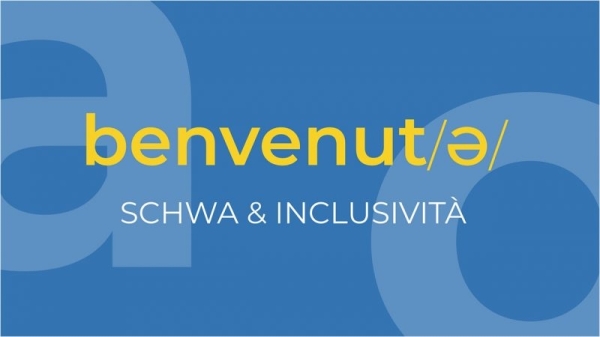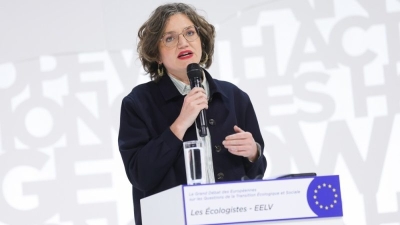Italy’s language watchdog says ‘no’ to gender-neutral symbols

Italy’s courts should stick to tradition and avoid the novelty of gender-neutral symbols in official documents, according to the institution that acts as the guardian of the Italian language.
The Accademia della Crusca was asked to weigh in on the matter by the equal opportunities committee of the Corte di Cassazione, Italy’s top appeals body, illustrating the national debate over gender issues and political correctness.
In Italian, as in other Latin-based tongues, nouns can take a feminine or masculine form, but the plural masculine form tends to take precedence. For example, the masculine form “tutti” is routinely used for “everyone”, rather than the feminine “tutte”.
Some see this as an expression of male dominance and support the introduction of gender-neutral noun endings, such as asterisks or the so-called “schwa” ⟨ə⟩, a symbol that looks like an inverted “e”.
For example, an email or a letter to a man or a woman would no longer start with “caro” or “cara” (dear), but with the gender neutral “car*”, which would also replace the plural “cari”.
But the Accademia della Crusca, in its response to the Cassazione, rejected these changes for legal documents, saying they would be artificial and supported only by minority groups, “however well-intentioned.”
“Legal language is not the right place for minoritarian innovative experimentations,” the Accademia said in a six-page opinion that Reuters reviewed on Monday, after the Corriere della Sera newspaper first reported on it.
The Accademia said the Italian masculine plural form remains “the best instrument” to collectively represent “all genders and orientations”, but also backed the wider use of the feminine form of professional titles.
In October, Italy’s first woman prime minister, right-wing leader Giorgia Meloni, sparked controversy after saying the preferred her title of “Presidente del Consiglio” to be preceded by the masculine article “il”, rather than the feminine “la”.



